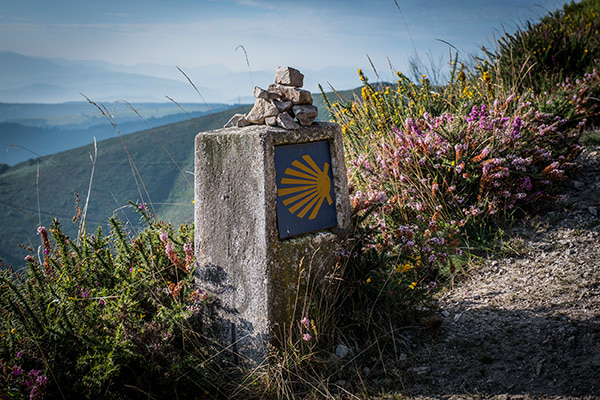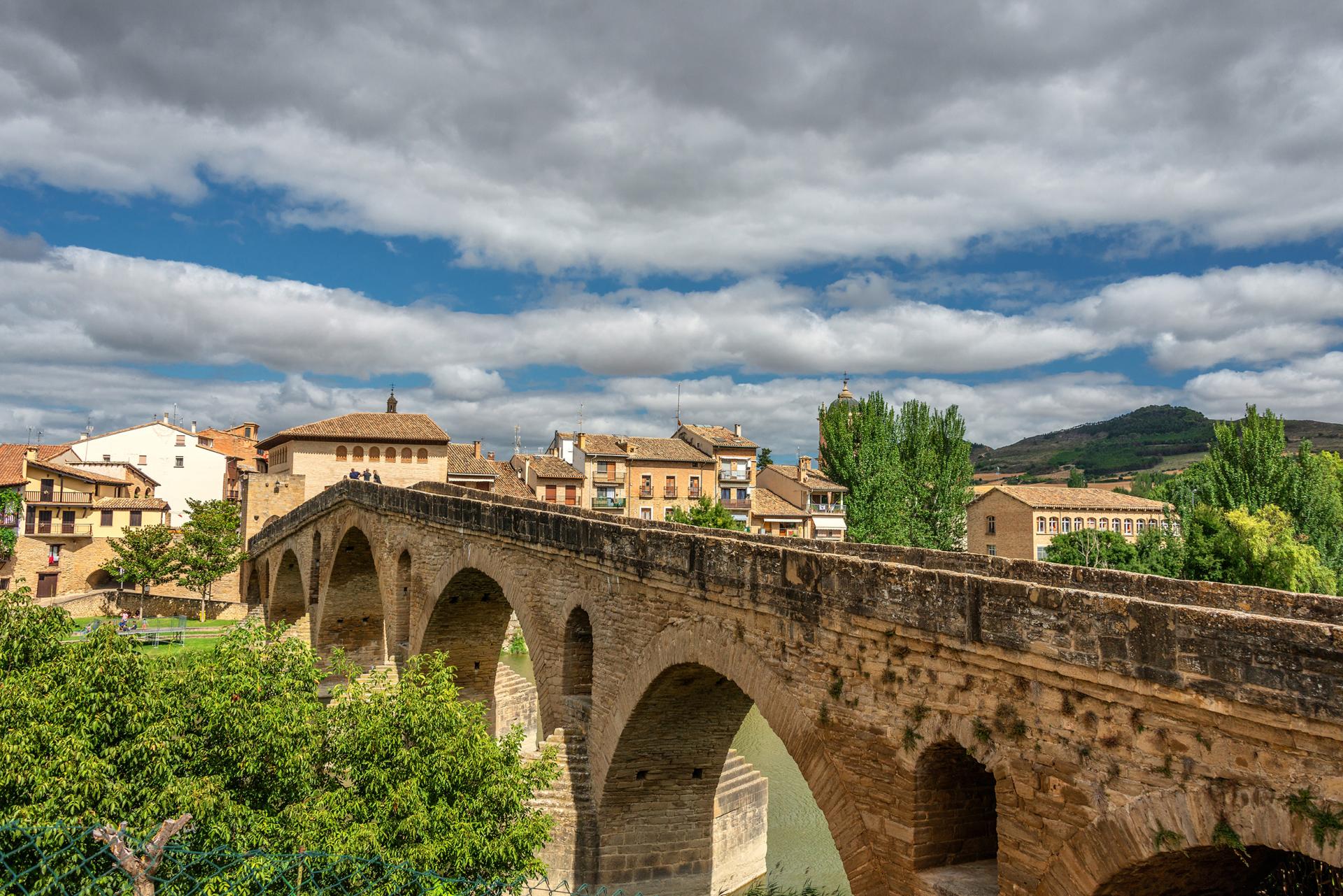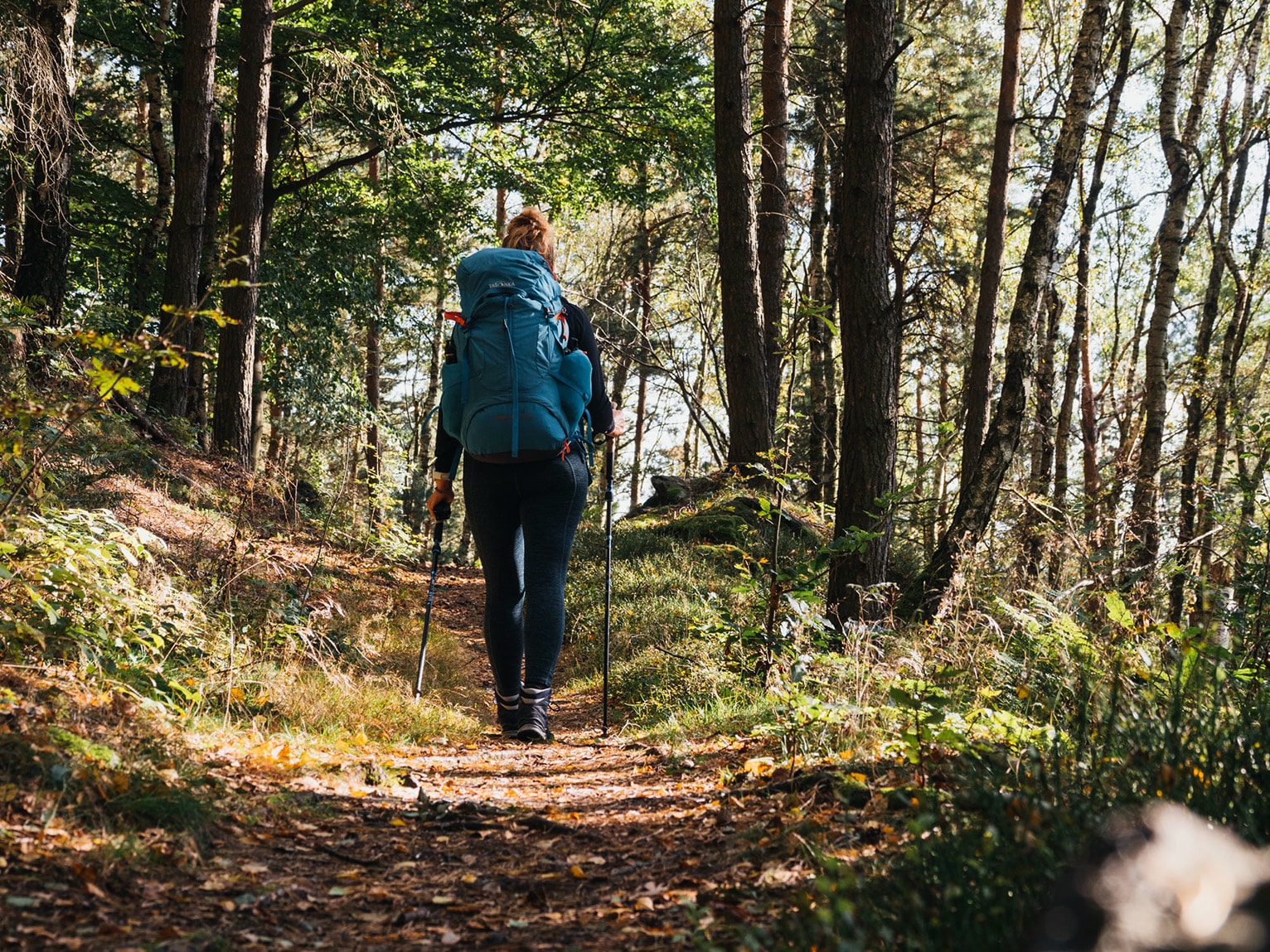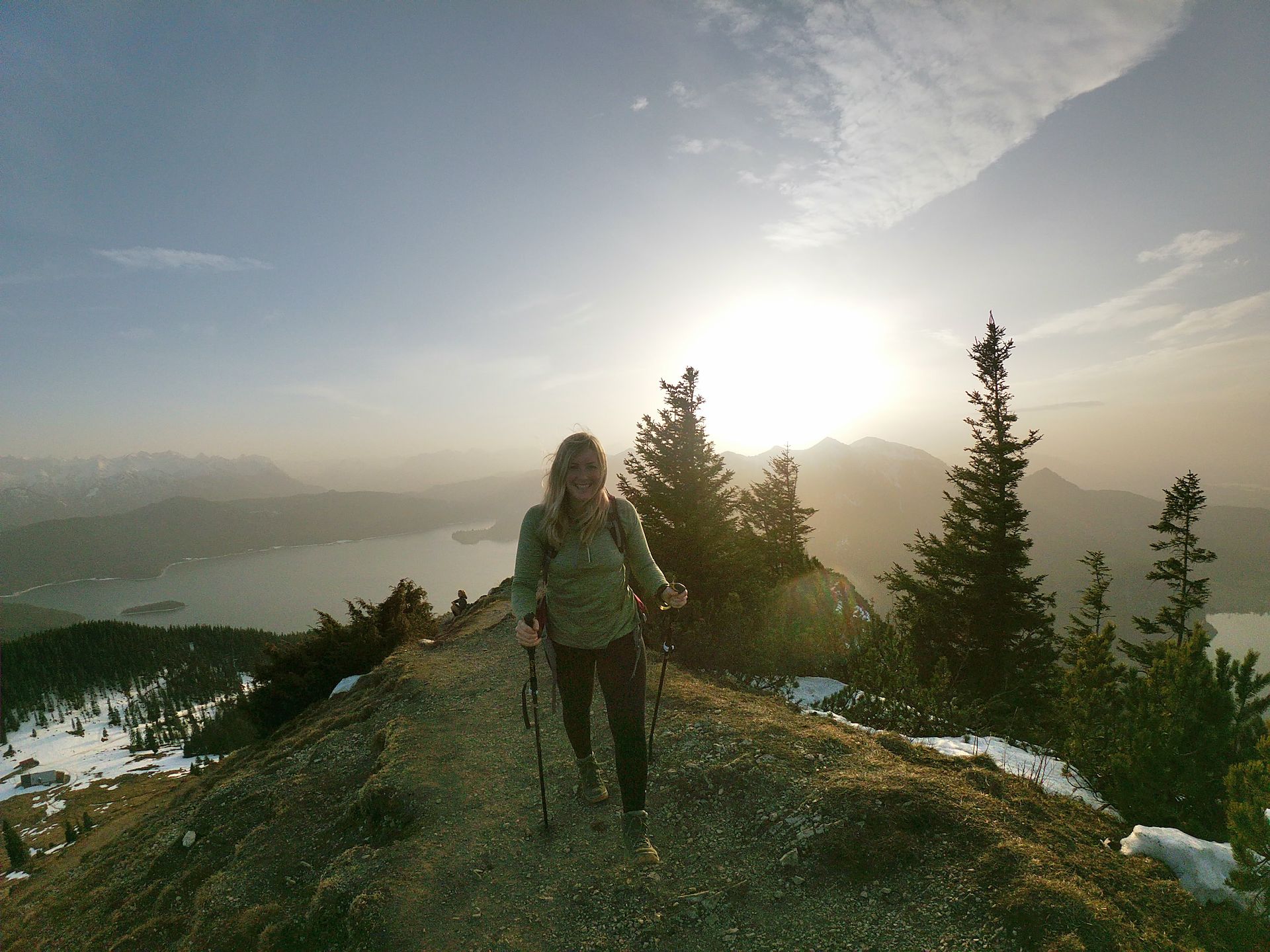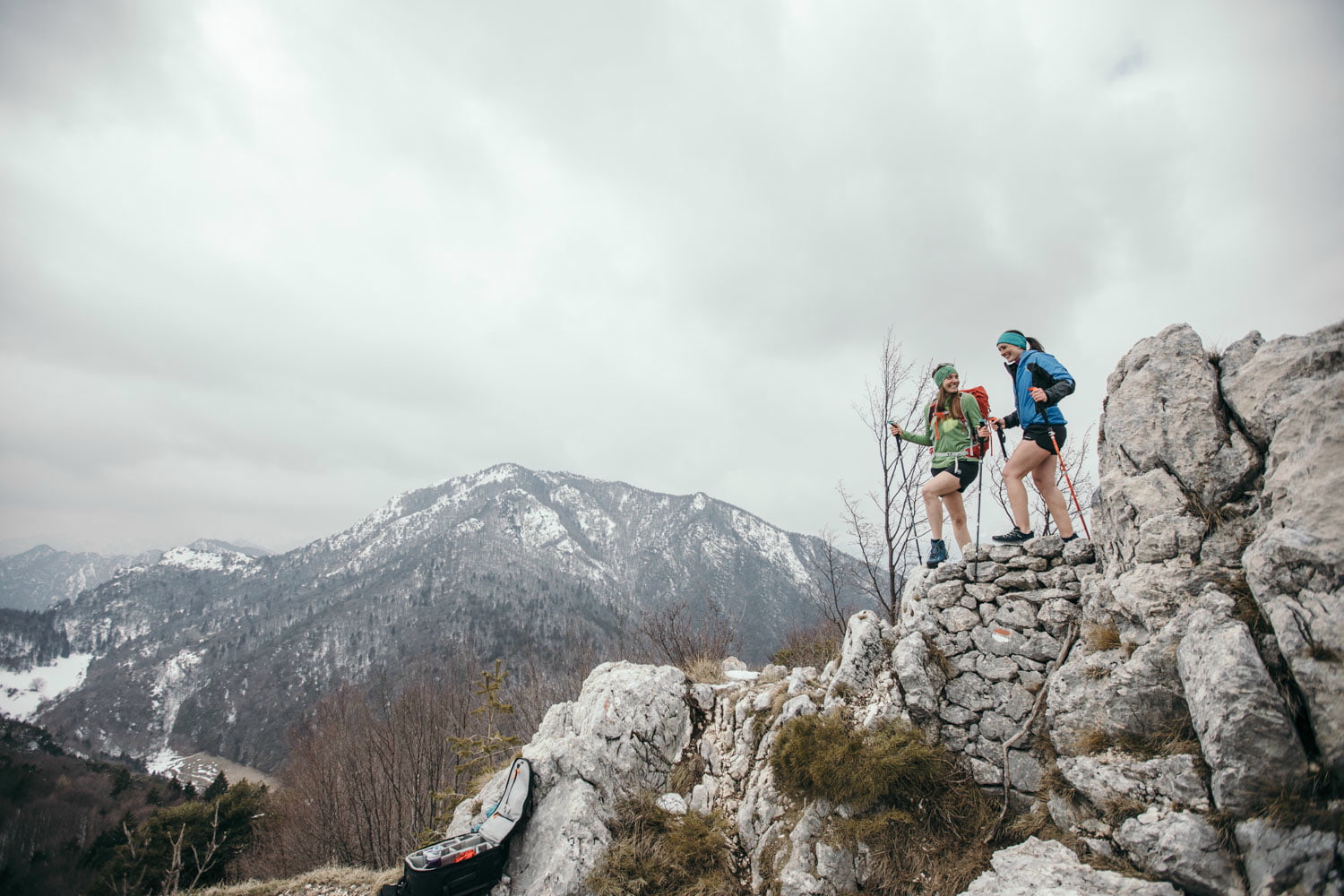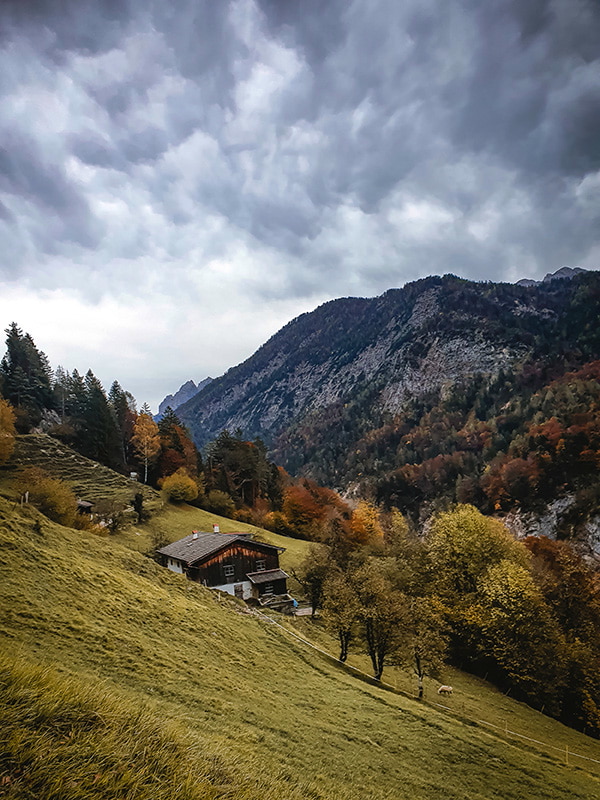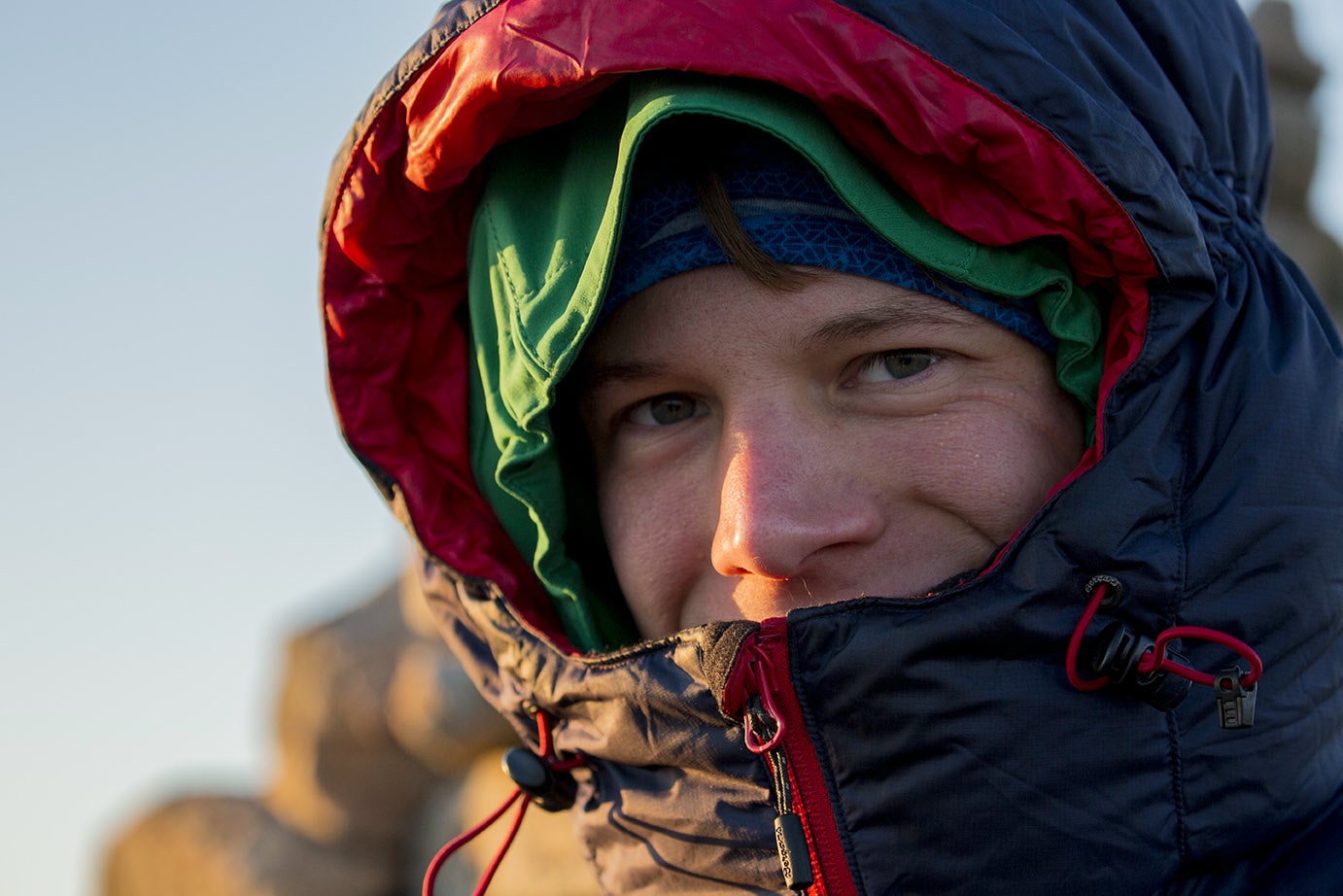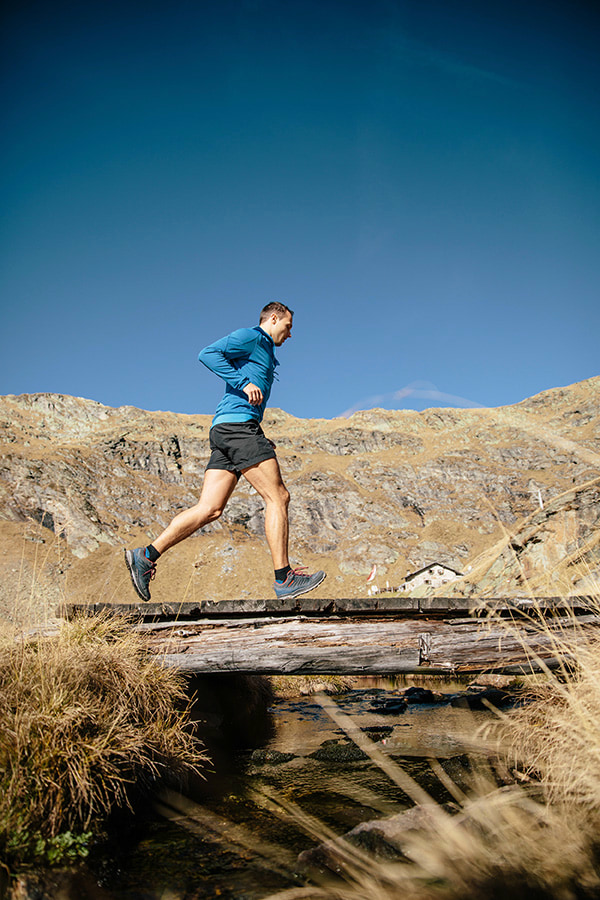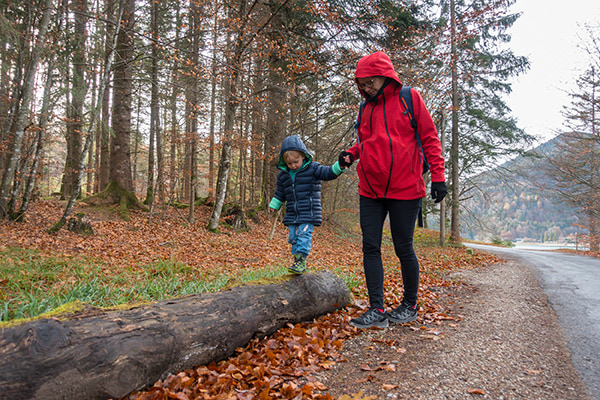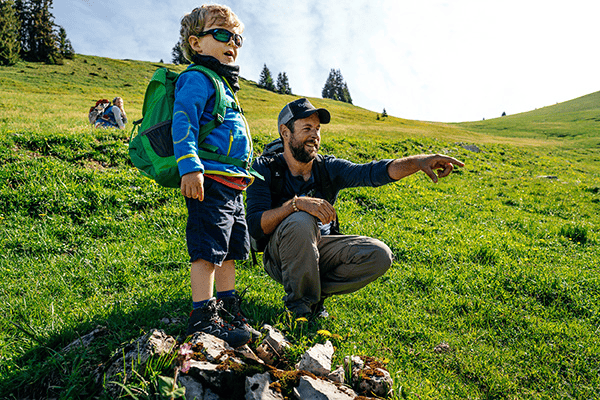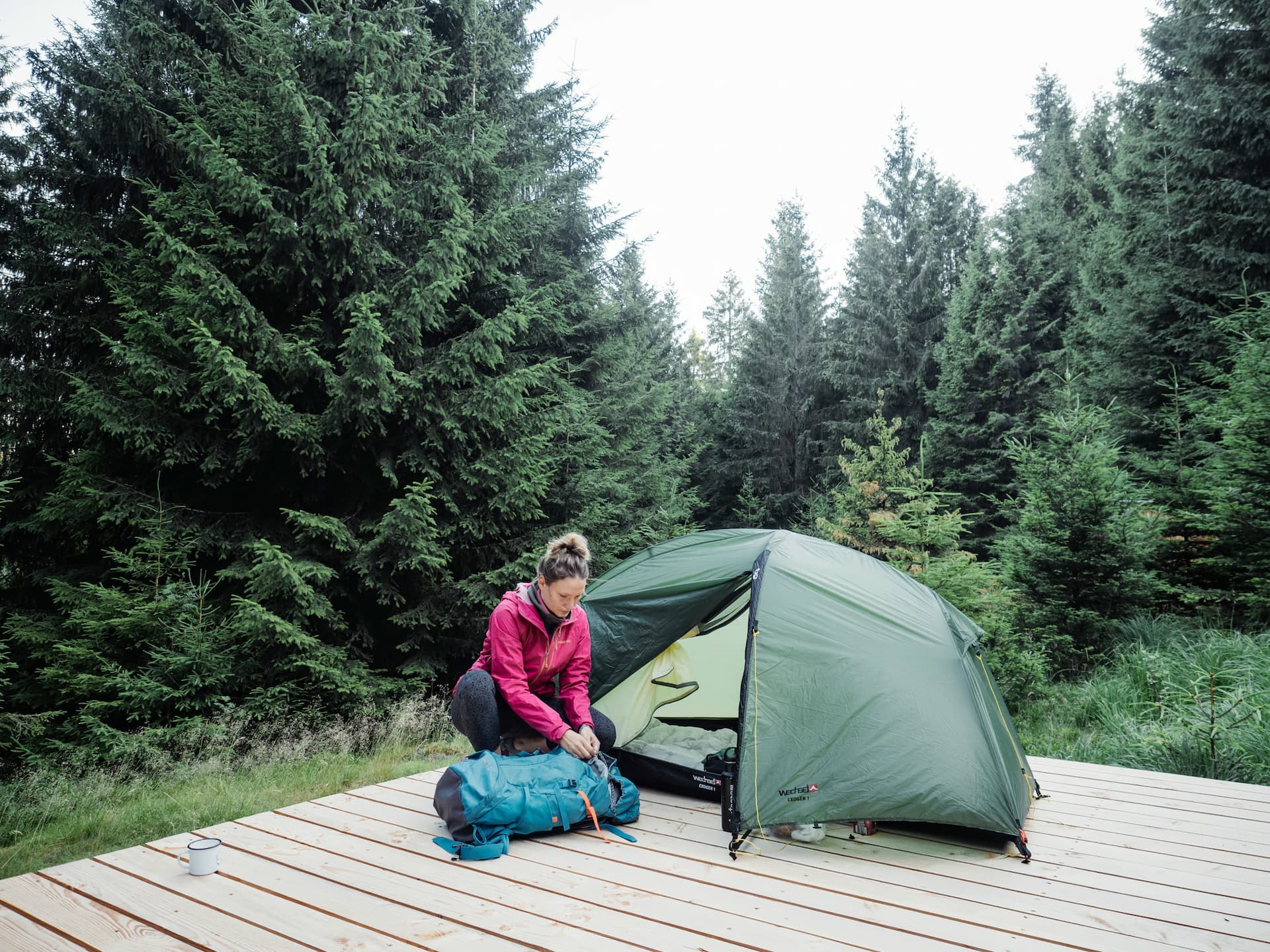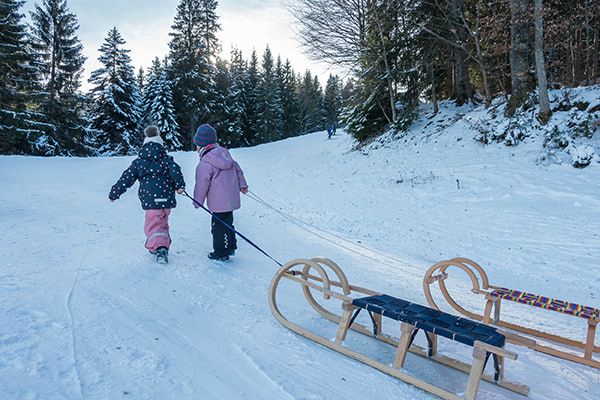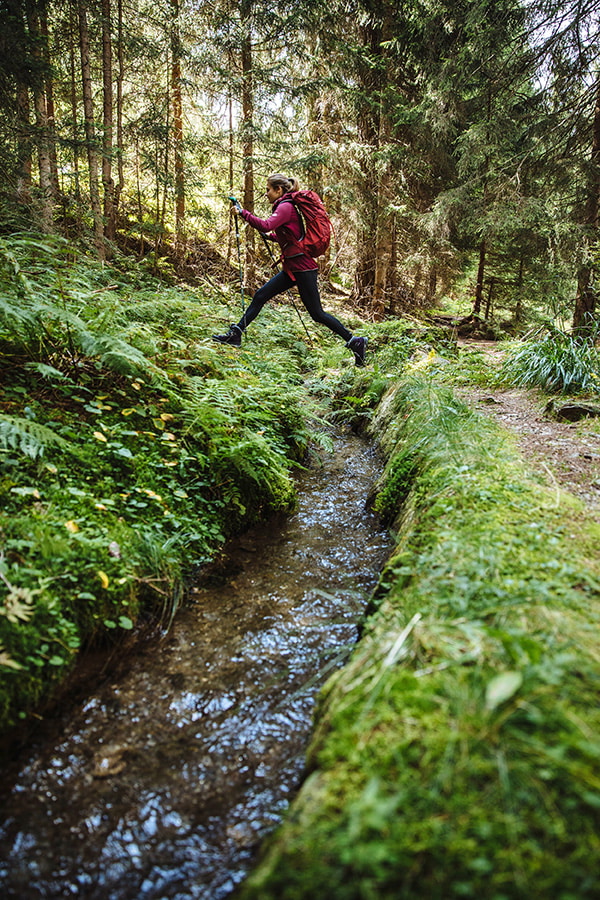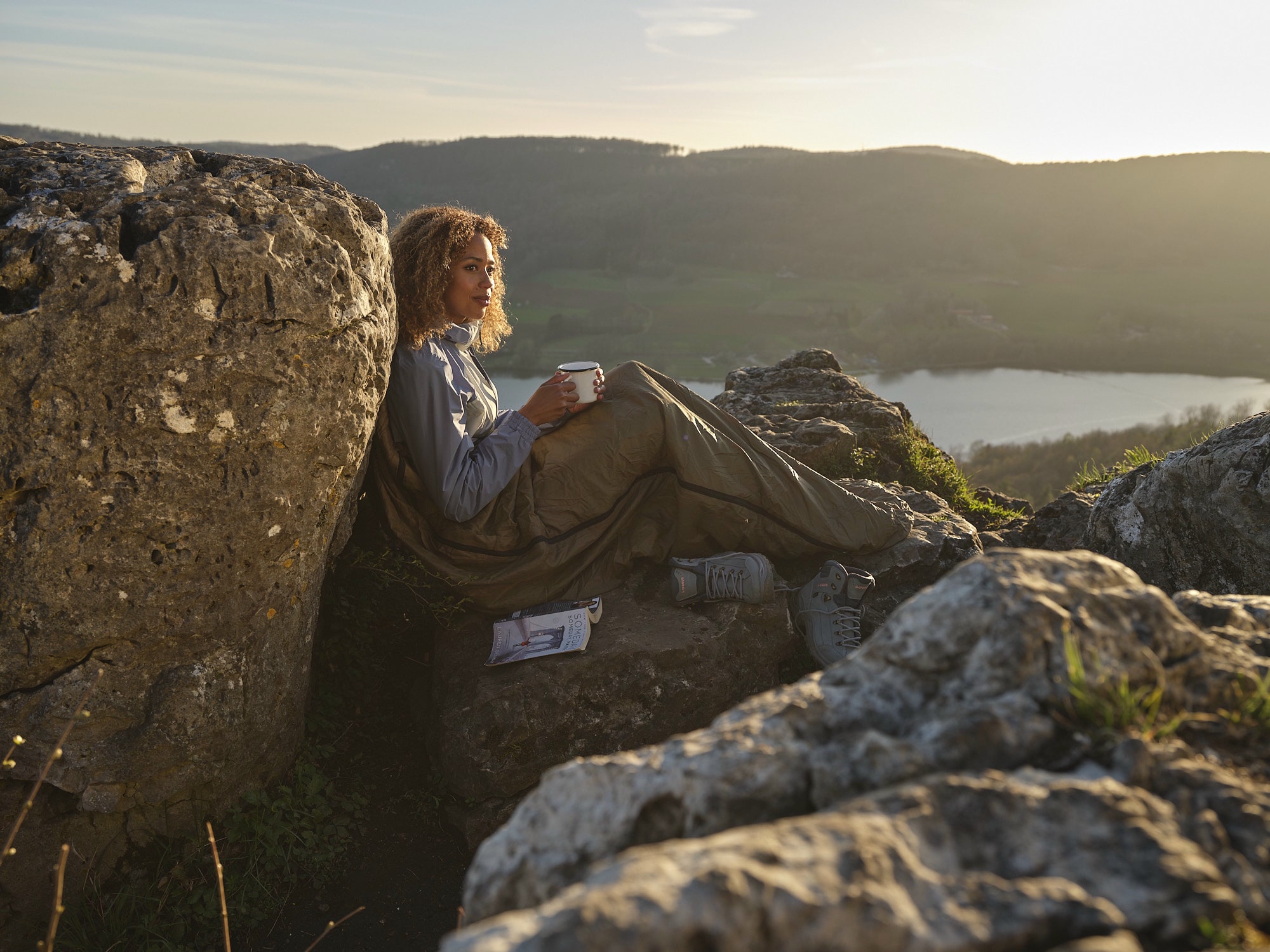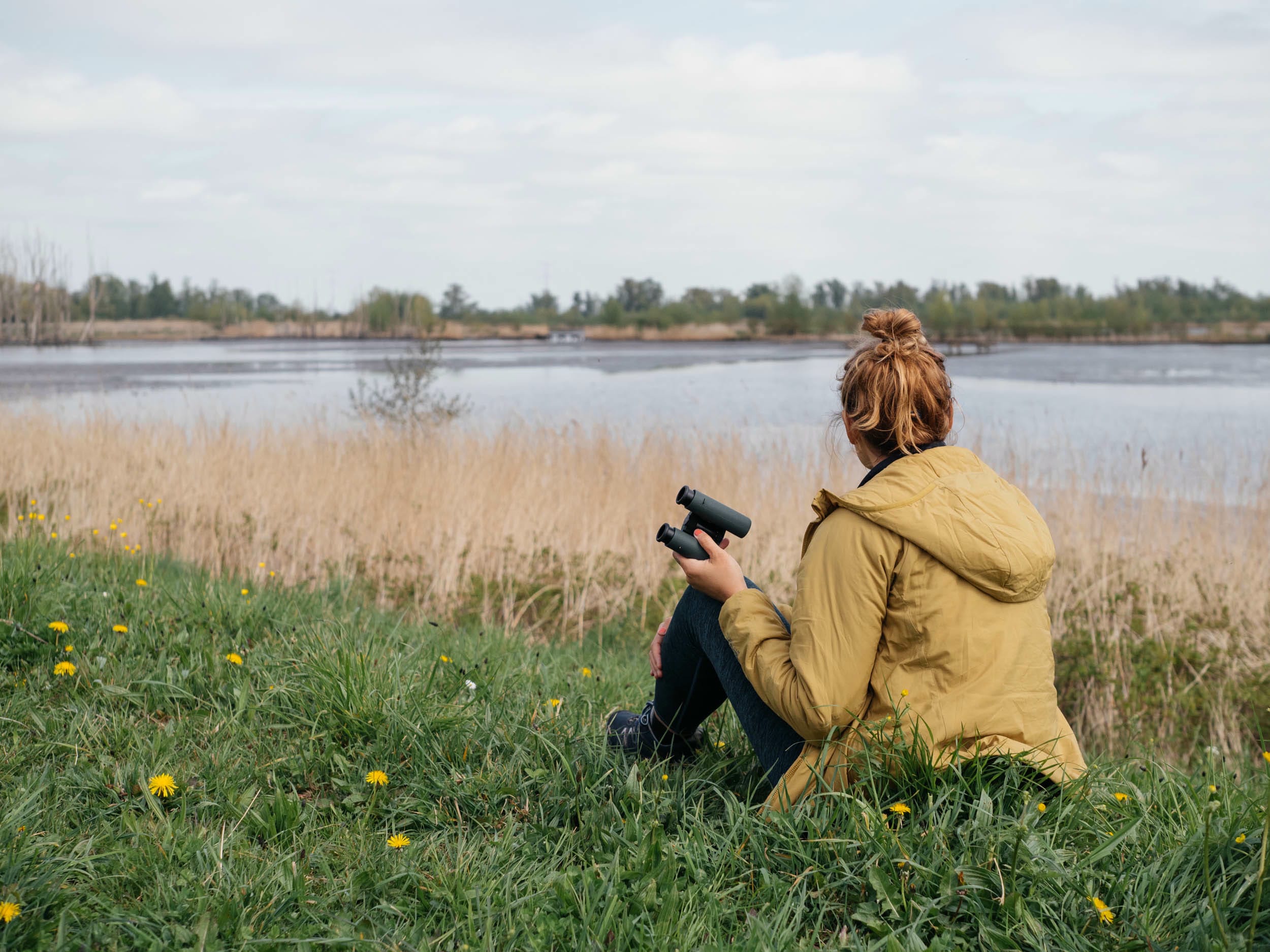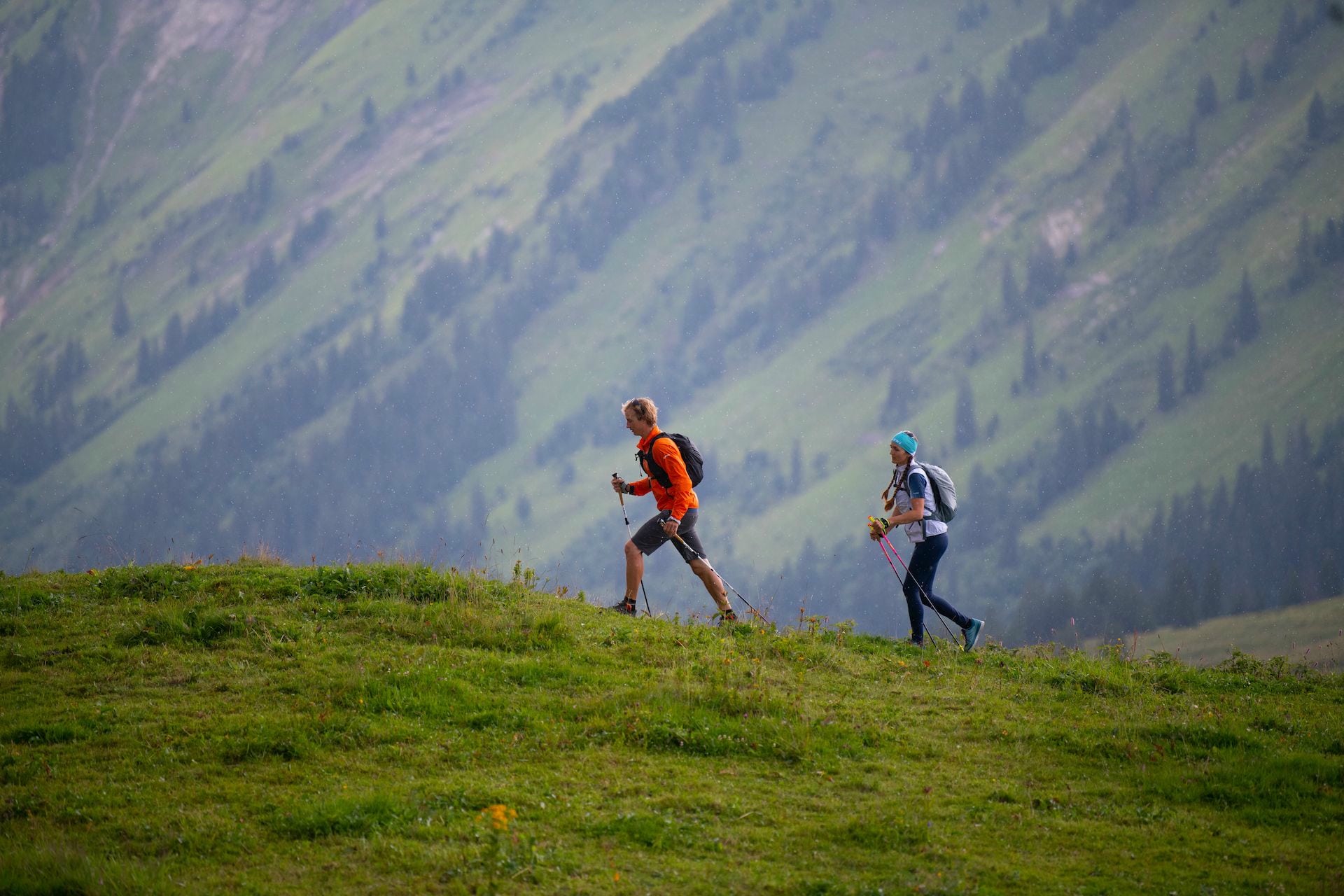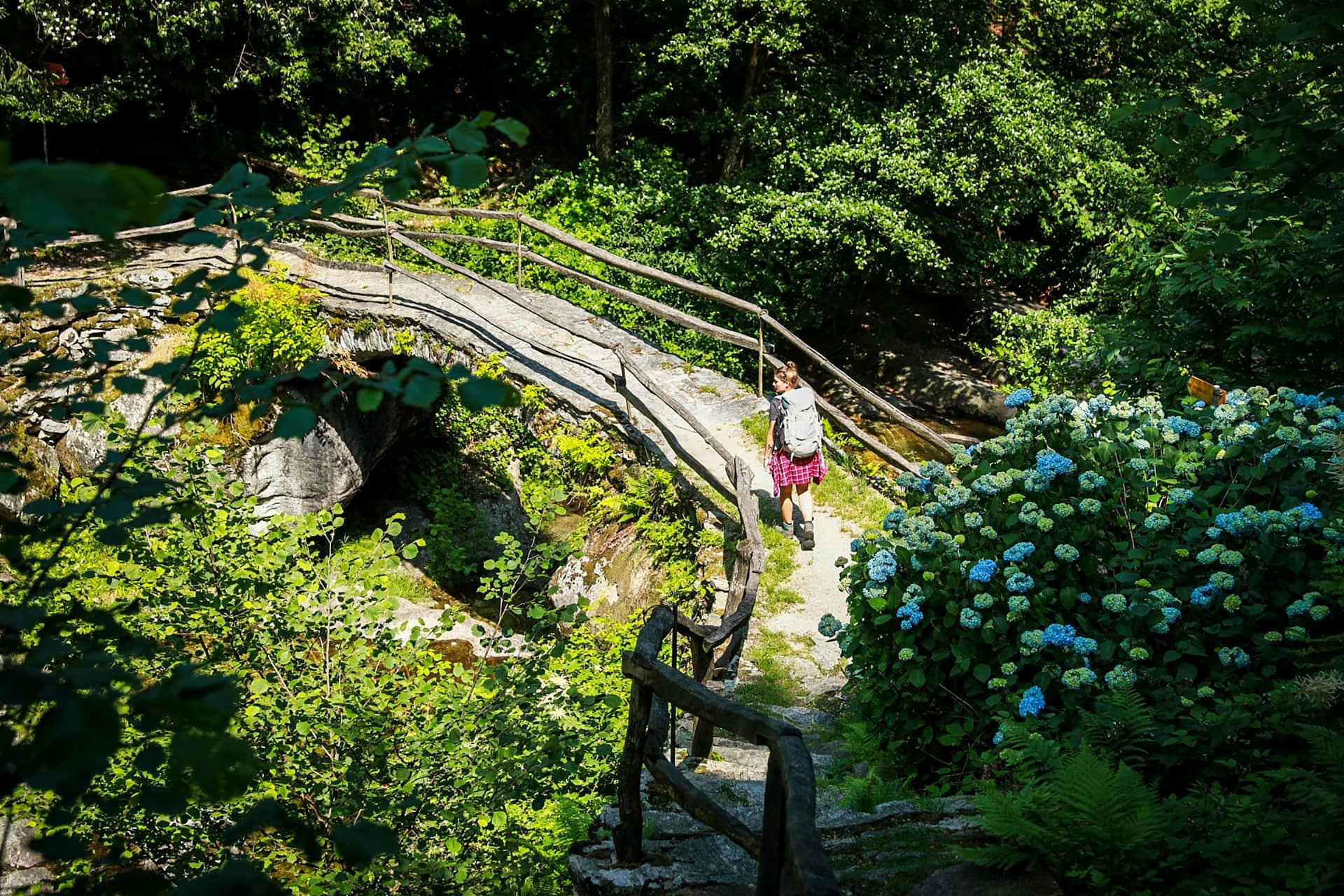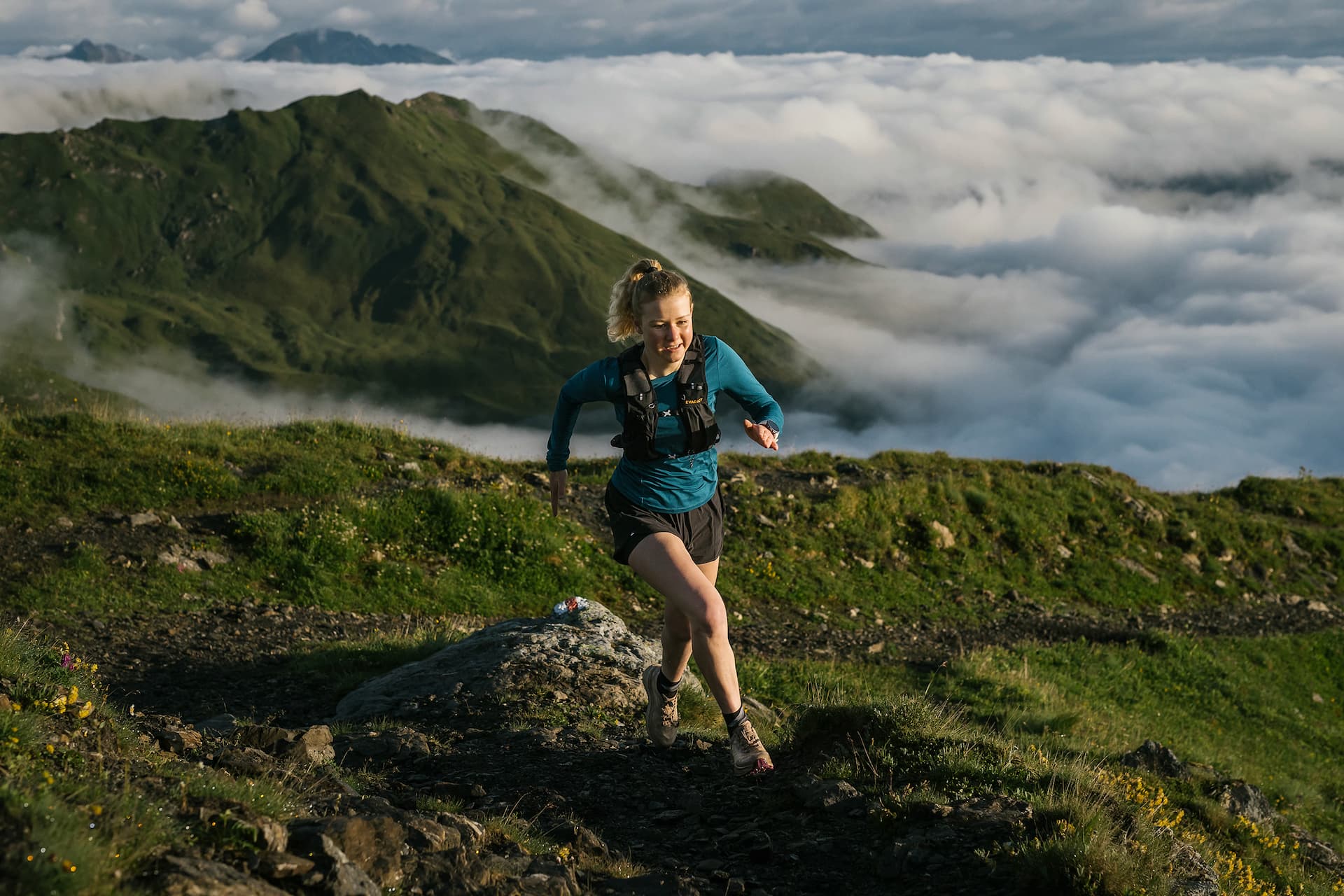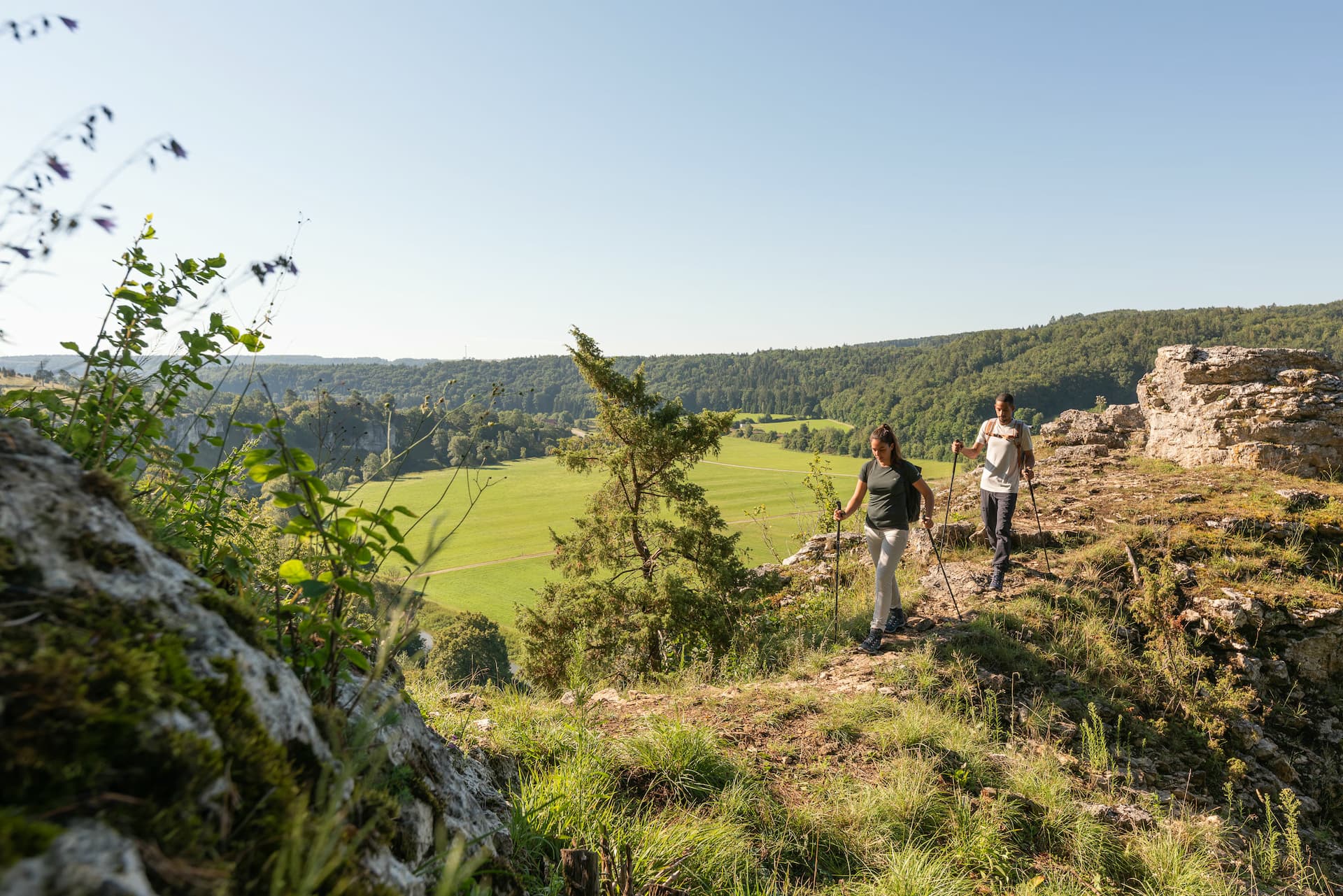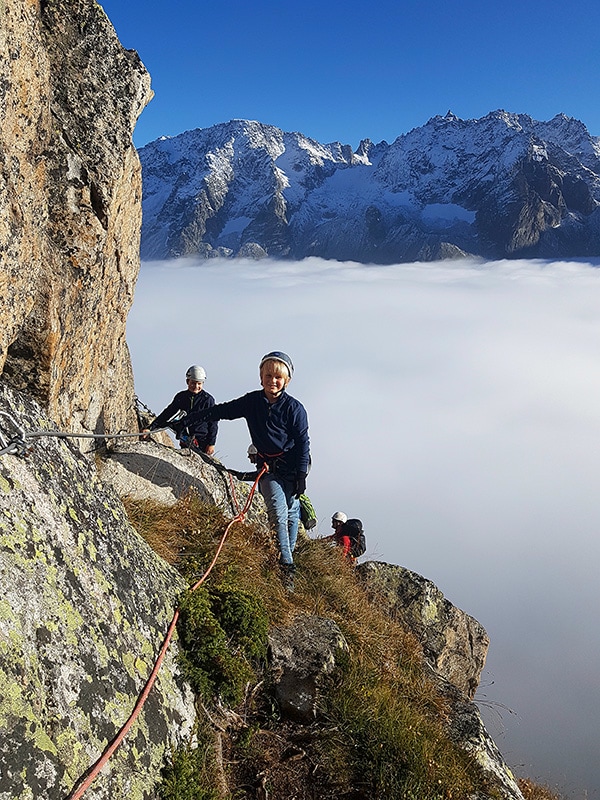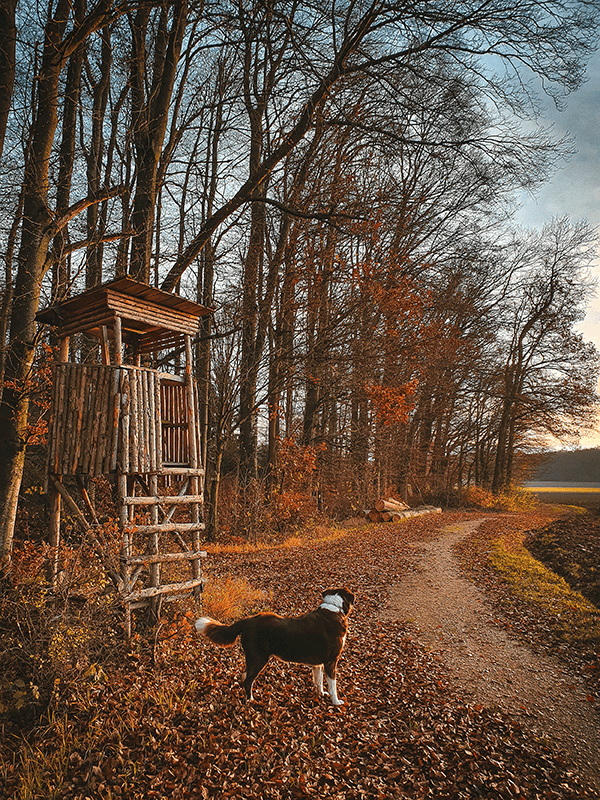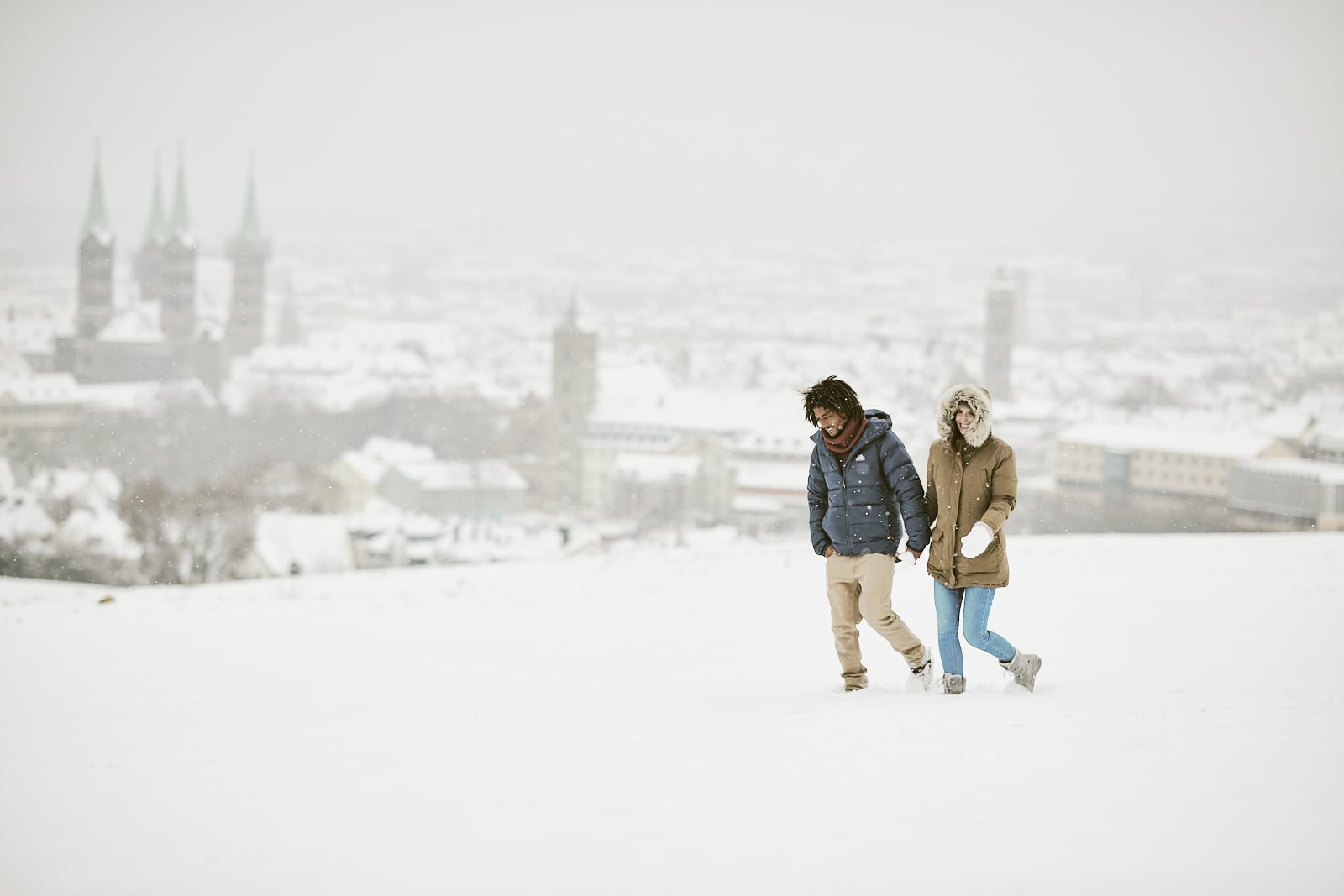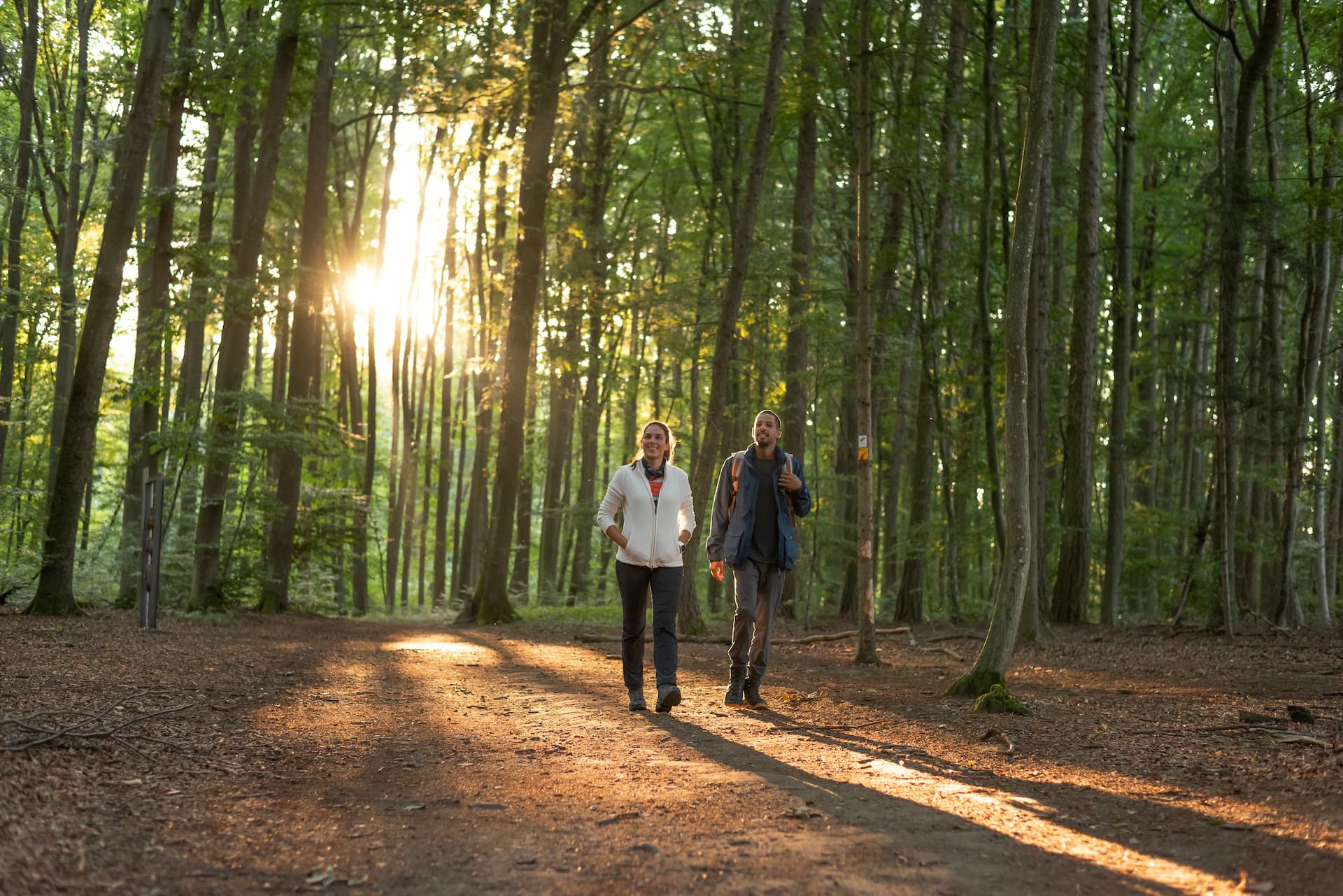Typical for the Camino Francés are public or church-run pilgrims' hostels, which are located directly on the Way of St James. The basic requirement for access to this inexpensive accommodation (5 to 8 euros) is the presentation of a valid pilgrim's identity card. However, the stay is limited to one night, pre-booking is not possible, the rule "first in - first serve" applies, but there are also many hotels that specialise in pilgrims.
The hostels usually open between 2pm and 4pm and close at 10pm. The sleeping facilities are kept very simple. Large mixed dormitories with double bunk beds are common.
Sleeping facilities: Pilgrims' hostels are limited to mattresses. Blankets and bed linen are rarely available - on request - and your own sleeping bag is essential. A headlamp or torch and earplugs are recommended.
Safety in the accommodation: It is also advisable to have a healthy distrust on the pilgrimage route and not to become too careless.
A valuables bag for all items that should not be left unattended at any time is a must. You can take this bag with you everywhere, whether in the kitchen or bathroom, and stow it close to your body in your sleeping bag at night. A protective cover is recommended for the rucksack, which can be secured with a combination lock.
Protection against bugs: Bedbugs are a problem that almost all accommodation and hotels have to deal with time and again. It cannot be completely eliminated, but you can minimise the risk considerably by following a few tips.
-
Precaution: spray the sleeping bag with products containing the active ingredient permethrin before travelling. The effect lasts up to four weeks.
-
Control: Bedbugs are nocturnal and like to hide in cracks, making them very difficult to detect. Their droppings - small black dots on the mattress or clustered near their hiding place - are a warning sign.
-
Prevent them from spreading: Never place rucksacks on the bed or against rough, cracked walls.
Self-catering: In traditional accommodation on the Way of St James, the kitchen is shared. However, there is often a lack of necessary cooking utensils and crockery, so you should limit yourself to simple dishes. Ideally, you should also take your own crockery with you; cutlery, a pocket knife, a light plastic board and a large mug, which you can also use as a plate substitute if necessary, are useful.
Extra:
In the main pilgrim season, when accommodation is scarce, you will feel the "heart for pilgrims" of many locals. Emergency accommodation of all kinds is offered, sometimes the local fire brigade offers its common room, private individuals their garden shed or the surf school their camp.
"No pilgrim ever returns home without one less prejudice and one more new idea."
- Thomas More, statesman and humanist -
